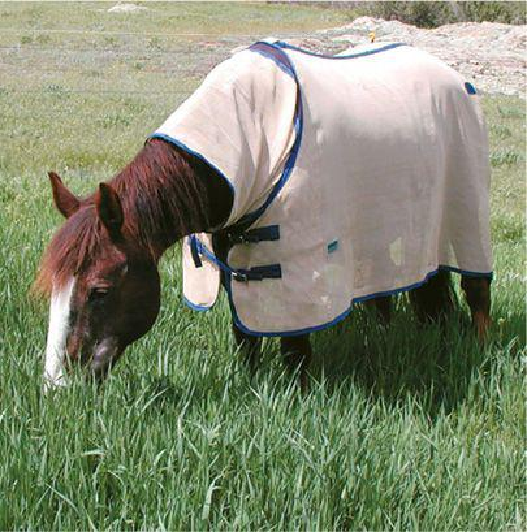Agriculture Reference
In-Depth Information
If the horses' grazing rate is greater than the field's ability to regrow, they should be put
on another pasture so the grazed field can rest until it returns to the 4- to 8-inch height.
After the first cut of hay is taken off a grass field, if the season isn't such that a second cut
can be expected, grazing the field for several months in late summer and early fall is often
cost-effective and won't harm the field if it is not overstocked.
Rotational grazing
means that land must be divided up into more pieces, requiring more
fences, waterers, and labor. It does, however, result in a higher stocking rate per acre of
land. For example, 1 acre per horse could be sufficient if horses were rotated among three
pastures or between two pastures and a set of holding pens. Controlled, intensive grazing
results in the highest yield, as horses are only allowed to graze for 3 to 5 days before being
moved. This system would be best implemented using temporary electric fences to subdi-
vide pastures.
Graze pastures when grasses are 4″ to 8″ tall.

